Customs valuation management: Requirements for improving customs valuation management comprehensively
 |
| Customs officers of North Thang Long Industrial Park Customs Branch inspect import and export goods. Photo: N.Linh |
According to the evaluation of Import – Export Duty Department (General Department of Vietnam Customs), besides the advantages achieved in the implementation of customs valuation management, when comparing the current situation of this work with the model heading towards 2030, there is a huge gap. Therefore, the problem of how to effectively manage customs valuation is being handled by Vietnam Customs step-by-step.
Distance from present to future
According to the assessment of the Import-Export Duty Department (GDVC), in order to reach an effective and efficient modern customs valuation management system, it is necessary to overall reform in five aspects: (1) regulations and career guideline; (2) organizational structure; (3) enforcement personnel; (4) professional information and sense of law compliance.
At the moment, each customs valuation management operation’s system of rules and guidelines is designed independently. The synchronization and coordination among solutions to manage valuation is still inadequate. In addition, the regulations on the content of customs valuation inspection in clearance are complicated and scattered in many documents, causing difficulties for both customs declarants and customs officers during the implementation process. For example, a lack of regulations on the content of customs valuation inspection after clearance and a lack of regulations on application of security/guarantee measures on customs valuation when carrying out customs procedures.
Before 2015, the use of securities in customs valuation was stipulated in Article 16 of Decree 40/2007/ND-CP, whereby the customs authority had a suspicion about the customs valuation, the declarant must pay sufficient security to secure the payment of tax for the entire shipment. However, during implementation, there was an opinion stating that the application of the securities had caused an increase of clearance costs of enterprises because the amount of the securities would increase the business expense.
Furthermore, due to no mechanism to determine the appropriate value of the security, some customs officers showed signs of abuse, causing difficulties for enterprises or conversely colluding with enterprises to determine that the security is not enough to offset the potential tax amount which can be arisen.
Since the Customs Law 2014 took effect, the provisions on securities for valuation are not mentioned in legal documents anymore. Since 2015, especially in the current period, in the context that information is shared more and more, risk analysis and assessment activities are increasingly implemented. Customs authorities have discovered more and more tricks of enterprises to defraud the customs valuation in order to evade taxes. There are many cases where enterprises intentionally avoid measures to recover tax debts after being imposed customs valuation.
Most of the Customs units attended the workshop to collect opinions on the draft scheme on Reform of Customs Valuation Management in the 2021-2030 period and said that it was urgent to apply measures to ensure the determination of customs valuation is selected, for businesses that have low legal compliance, high risk of tax evasion.
According to representatives of local Customs units, there are currently many existing problems, such as consulting on customs valuation in clearance, which both causes difficulties for customs officers and increases sub-procedures while carrying out clearance procedure and reduce the efficiency of tax administration. Furthermore, the customs valuation inspection is mainly focused on checking the formal contents of the valuation dossier, which has not to inspect the actual value of the goods at the time of import and export; the customs valuation determination of Customs officers has not been clearly guided, leading to a situation of arbitrarily determining prices and not complying with regulations.
Giving opinions at the Workshop to collect opinions on the draft scheme on Reform of Customs Valuation Management in the 2021-2030 period, Mr. Vu Ngoc Anh, Trade Facilitation Project Specialist sponsored by USAID, said to implement customs valuation management in the direction of reducing inspection in customs clearance and focusing on post-clearance audit, the current apparatus of customs valuation management must undergo a fundamental change; arrange and use human resources effectively, take advantage of high-quality resources; have appropriate programs and plans for training human resources; and the rotation, arrangement and use of customs officers specialized in valuation management must also be closely monitored.
In human resources, according to a representative of the Personnel and Organization Department (GDVC), the contingent of customs officers working in the field of customs valuation management needs to be built and enhanced capacity in order to meet new requirements. In particular, it is necessary to build a team of valuation experts at the General Department and Customs Departments themselves. This team is the "machines" involved in the development and completion of professional operation manuals, handling valuation problems arising on a daily working, and conducting on-the-job training and program-based training for customs officers in charge of valuation.
In terms of limited resources, with the challenge of the massive workload and increasingly sophisticated fraud tricks, the principles and techniques of risk management are applied to evaluate the subject of management, select the key inspection subject are the “answer” to the customs authority, the representative of the Risk Management Department (GDVC) said.
In fact, risk management in valuation management has been researched and applied since 2011. However, the level of application and effectiveness achieved in different stages of valuation management are also very different. If in customs clearance, the development and use of the list of risky goods in valuation is a guide for customs officers to select customs declarations that must check the value, the use of a specific reference price for a specific item leads to not creating conditions to control the price of the same item, which is easy to become obsolete because the price is always fluctuating. If there is a provision in the Customs Law on post-clearance audit following signs of risk, the process of establishing enterprises with signs of risk in terms of customs valuation is still lacking.
In addition, according to the Hanoi Customs Department, valuation management is heavily dependent on the GTT02 system. Information and other data in service of customs valuation management (such as information on handling of administrative violations of valuation, verification information of valuation, and information on import-export businesses) are not linked to GTT02, so many customs officers in charge of valuation management are not allowed to access and use.
After a period of operation, GTT02 has also revealed many other limitations such as frequent appear information synchronization errors from VNACCS/VCIS; there are not many utilities in looking up and reporting; and there is no warning, feedback, information processing functions. Furthermore, to speed up information processing to meet digital customs requirements, it is necessary to standardize some information such as information about goods' names, units of calculation, information verified through post-clearance audit, inspection and investigation. Furthermore, to serve for digitizing and electronicizing documents for price consultation, it is necessary to develop a centralized IT system, connecting all professional stages.
For the sense of law compliance, on the side of the Customs sector, even from customs officers, there are many people who have a mindset of valuation management which follows the "minimum price list" and do not put efforts into research, so it often occurs the situation of imposing valuation without legal basis.
Regarding to import-export enterprises, they often "neglect" the determination and declaration of customs valuation for customs brokers, leading to the situation that when arising valuation consultation activity, the customs declarant did not provide enough evidence to prove the declared value, meaning it was rejected by the customs authority and imposed an unreasonable price, arising complaints, lawsuits and frustrations of enterprises with the customs authority. As for other state management agencies involved in supporting the provision of information to the Customs to improve the efficiency of customs valuation management, these agencies either do not know or do not ready to connect and share information with Customs authority.
Need a long-term solution
To improve the effectiveness of customs valuation management, according to the Import-Export Duty Department, the Customs sector must conduct reform and improvement activities in the overall management system. Accordingly, the system of legal documents and business processes will be reformed; improving the management apparatus, building a force of professional, qualified and experienced customs officers; strengthening the connection, sharing and collection of information with state management agencies; and thoroughly applying risk management techniques and increase "communication", "dialogue" with the business community in order to improve the sense of voluntary compliance with the law of import-export enterprises.
Regarding the system of regulations and processes, the GDVC has set a goal from now to 2025 to amend the legal basis system, simplify administrative procedures, and facilitate customs declarants. In particular, they will study and propose amendments and supplements to the provisions of the Customs Law to ensure the obligations of enterprises before clearing goods; strengthen the exchange of information and data between the Customs and other state management agencies such as the Public Security, commercial management agencies, banks, insurance and transportation.
By 2025, the Customs authority will study and build a 3-level customs apparatus towards streamlining, reducing intermediaries, not overlapping in functions and tasks, ensuring effective operation in order to meet the management requirements following the centralized and smart customs operation model and establishing centers for handling problems and determining customs valuation. Customs sets out a plan to develop a contingent of customs officers at all levels with professional qualifications, integrity operations, professional working style, mastering modern technology and equipment, sufficient quantity, an appropriate structure associated with the practical needs of the job position the capacity of each individual, meeting the modern customs management model. Researching and applying modern training methods and advanced technologies in training and fostering professional skills for customs officers in order to improve training capacity.
In particular, in the effective use of human resources, the Customs authority strives to complete the rotation model for training and retraining among organizational levels, between departments, in each professional field and among professional fields in order to improve professional qualifications, problem-solving capacity, and practical experience for customs officers and leaders.
By 2030, in the process of researching, building and implementing Digital Customs, Smart Customs, and the customs valuation management module will be designed in the direction of thoroughly applying digital technology and artificial intelligence to enhance an effective step of applying risk management in customs valuation management.
According to a representative of the Import-Export Duty Department, in the immediate period, Customs authorities will further promote information exchanges within the industry and with agencies outside the industry, especially the domestic tax authorities, so that customs officers working in the field of valuation management are provided information serving for task performance. The exchange and connection of electronic information in this period will serve as the foundation for information connection and sharing in terms of Digital Customs and Smart Customs.
The Customs authority will also develop a system of specific criteria and indicators for the system to automatically select the customs declaration to check the valuation and customs declaration to check the value in the stage of post clearance audit and the enterprise must check the customs valuation after clearance. This set of risk management criteria and indicators will help reduce the pressure of inspection work of customs officers, increase the key post clearance audit for customs valuation, improve the rate of detecting violations, preventing loss of revenue for the state budget.
Related News
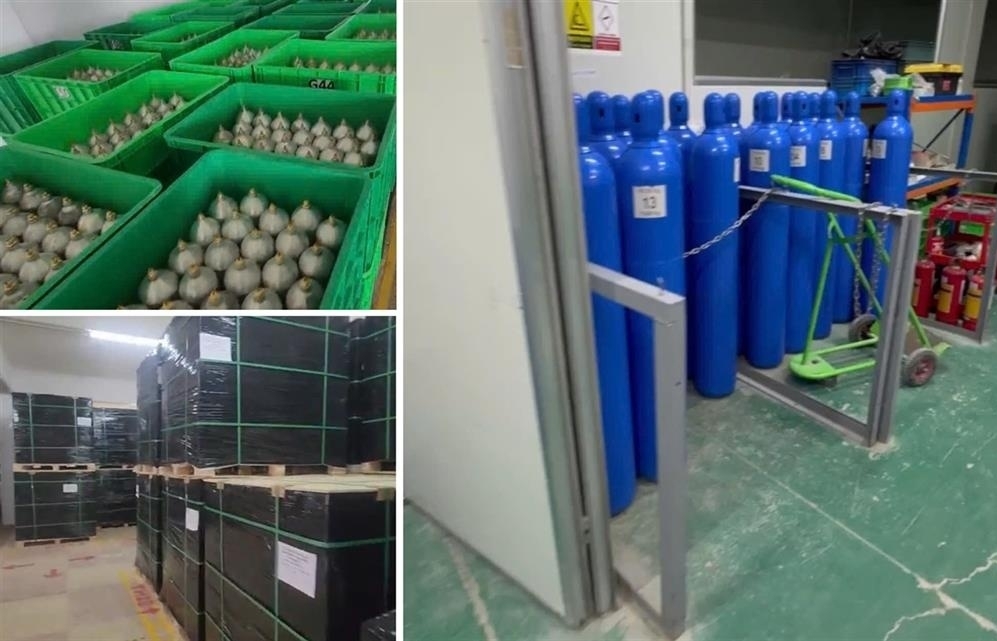
Hanoi Customs: 92% of post-clearance audits reveal violations
07:53 | 31/12/2024 Anti-Smuggling
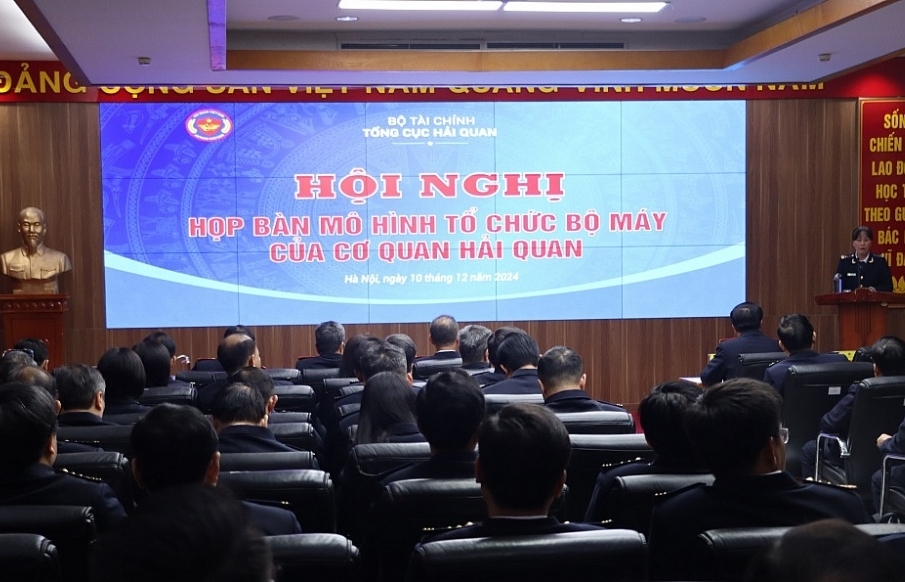
General Department of Vietnam Customs prepares for organizational restructuring
19:28 | 14/12/2024 Customs
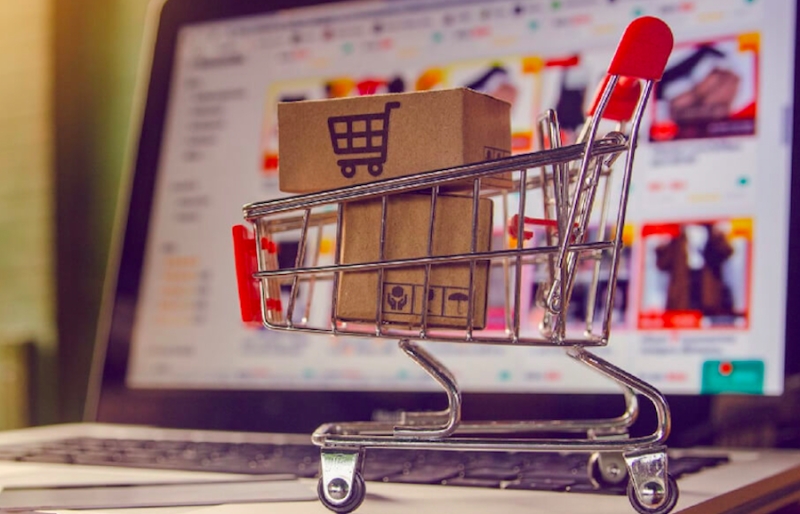
Customs tightens oversight on e-commerce imports
13:39 | 04/12/2024 Regulations
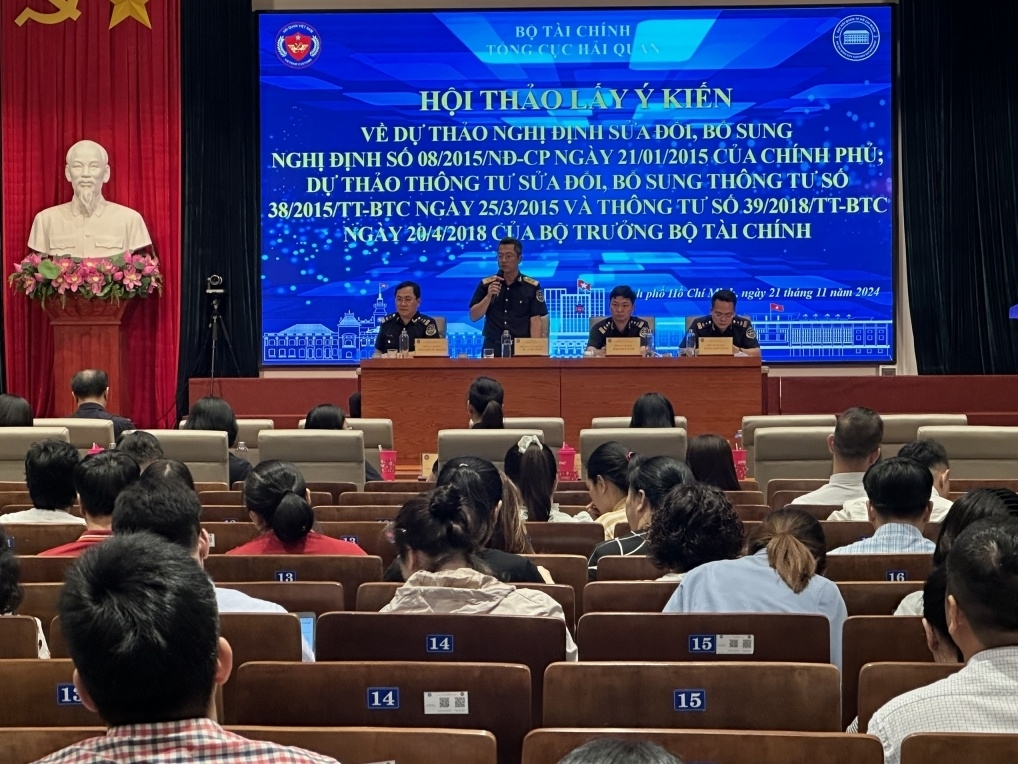
Over 300 Southern enterprises attend workshop to provide feedback to the General Department of Vietnam Customs
10:50 | 23/11/2024 Customs
Latest News
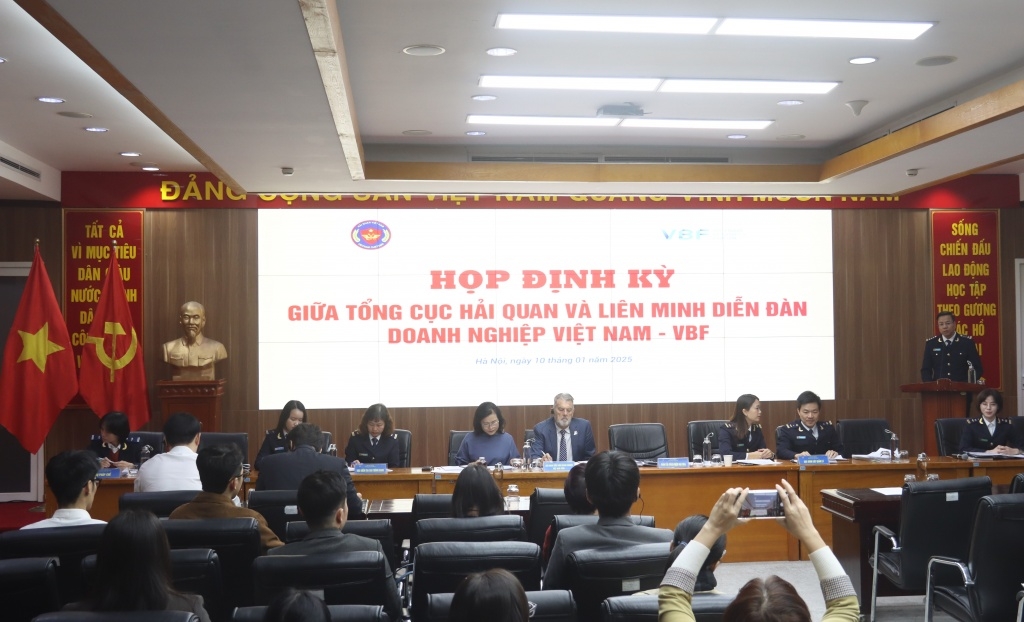
GDVC answers questions for VBF enterprises
07:56 | 15/01/2025 Customs
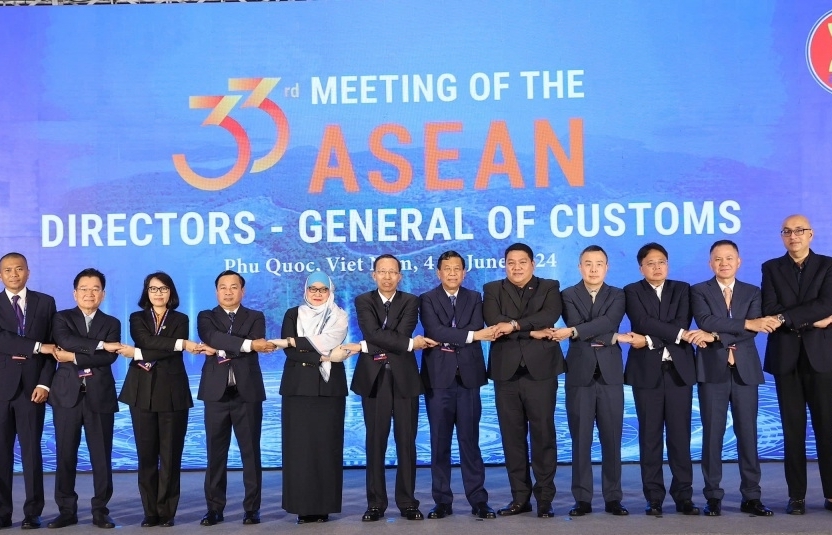
6 outstanding events of Vietnam Customs in 2024
07:55 | 15/01/2025 Customs

Da Nang Customs Department supports enterprises in developing Customs-Business partnership
13:07 | 09/01/2025 Customs
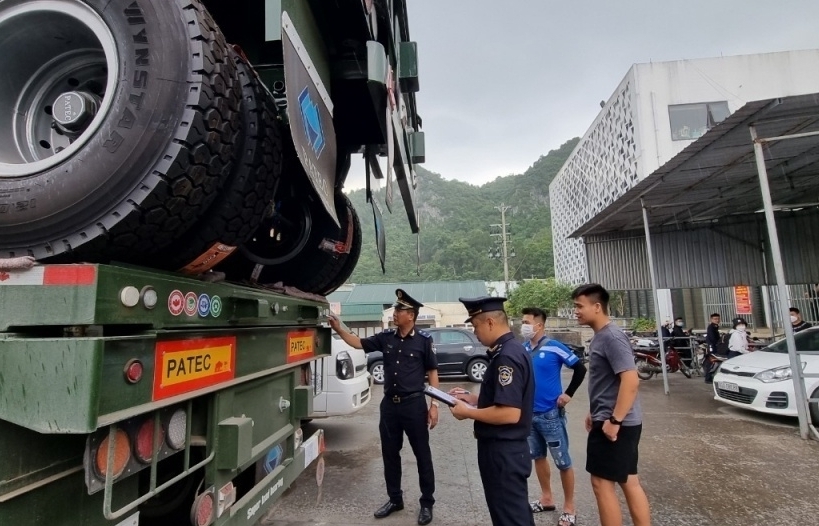
Lang Son Customs finds it difficult to collect and handle tax arrears
15:13 | 07/01/2025 Customs
More News

Customs reduces VAT under Resolution No. 174/2024/QH15
14:53 | 06/01/2025 Customs
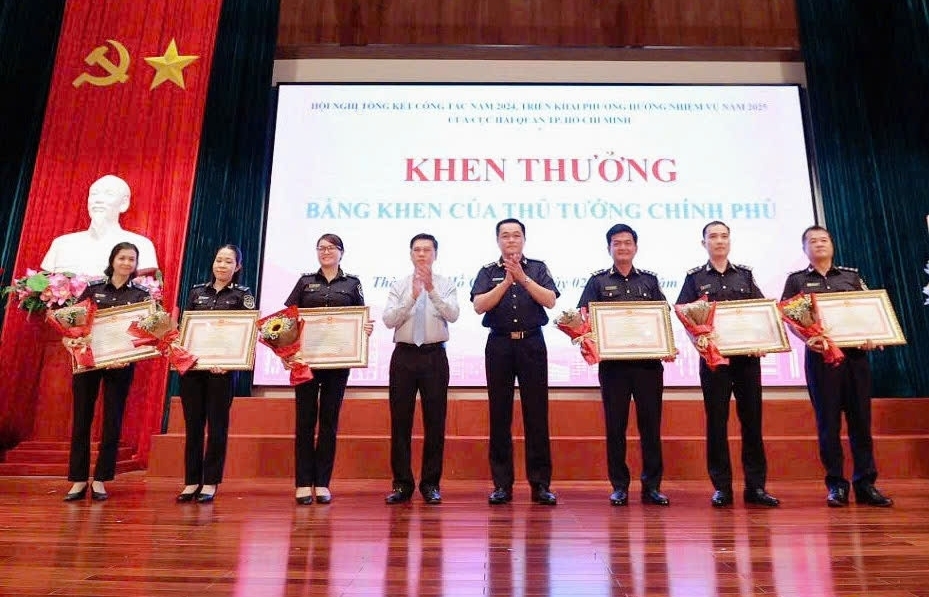
HCMC Customs: Outstanding performance across all operations
06:36 | 05/01/2025 Customs
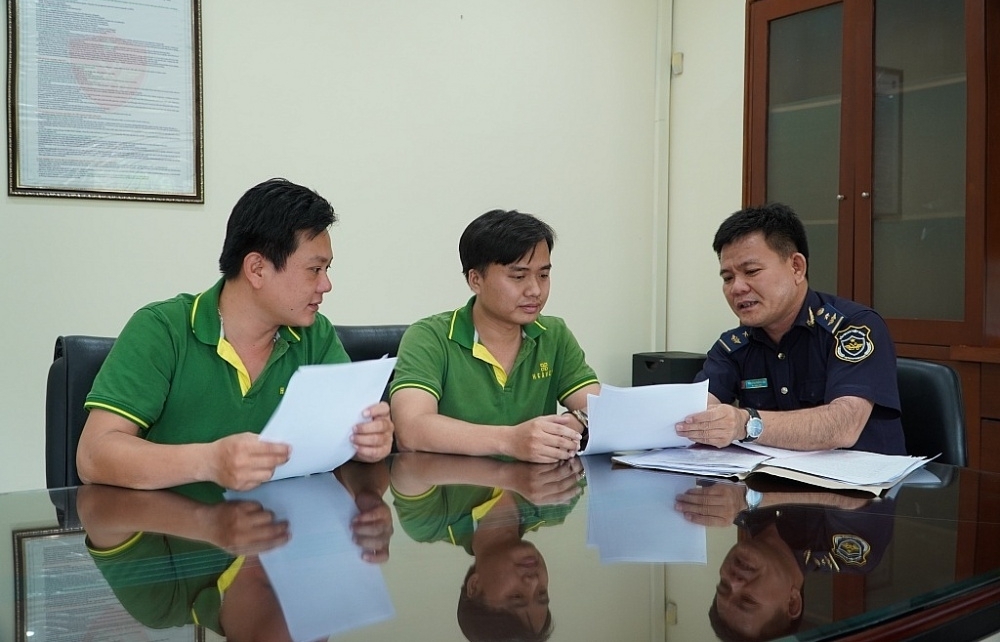
Tackling revenue challenges: Dong Nai Customs Department’s strategic plan for 2025
14:28 | 03/01/2025 Customs
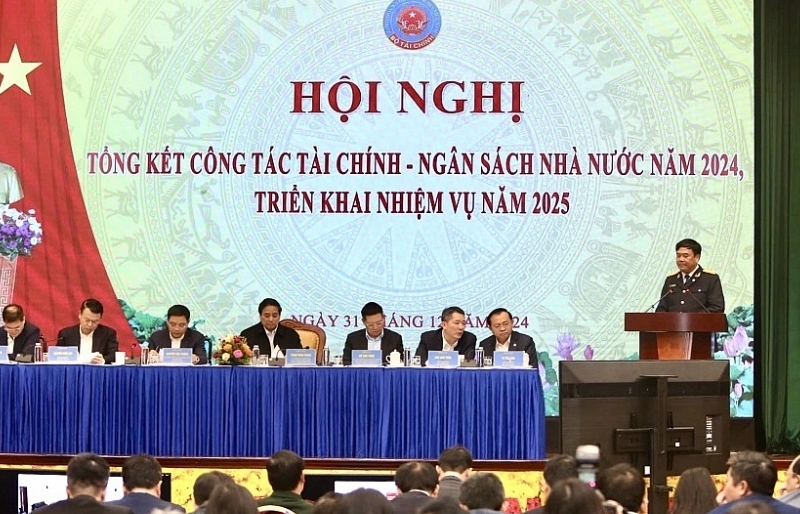
Director General Nguyen Van Tho: streamlining apparatus to meet the requirements of customs modernization
15:53 | 02/01/2025 Customs
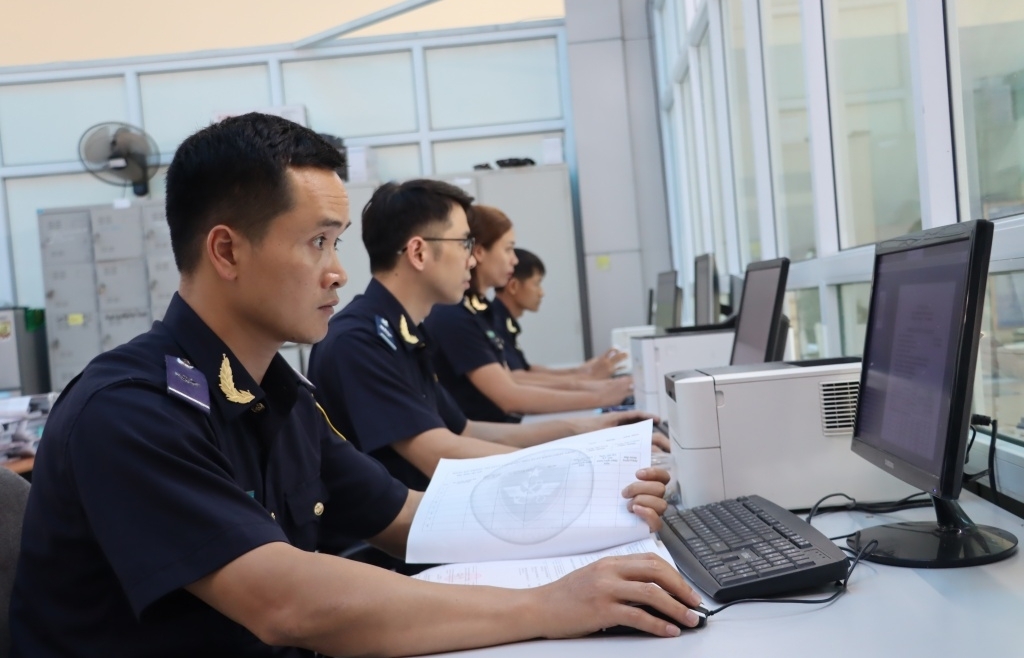
Cao Bang Customs Department collects over VND 940 Billion, achieving a 22% increase
23:00 | 31/12/2024 Customs
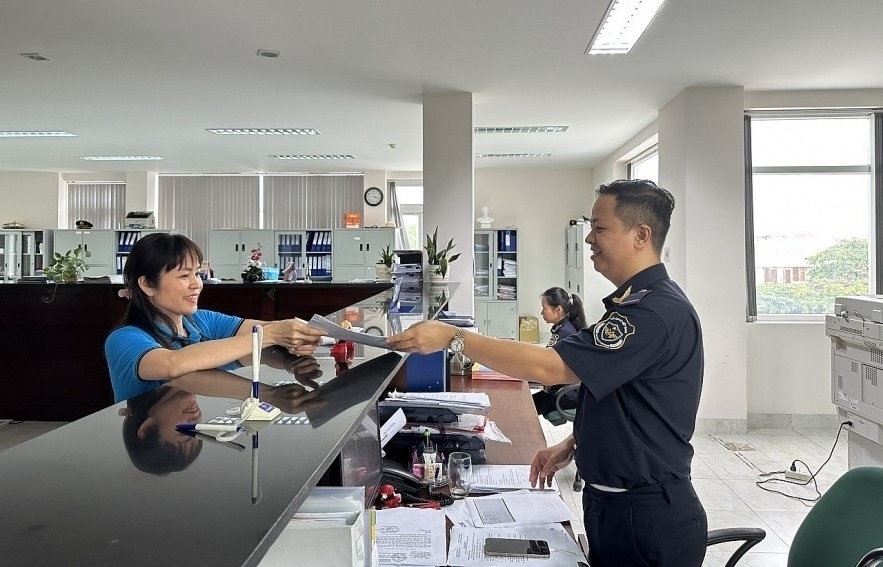
Ba Ria - Vung Tau Customs: A strategic partner in business success
22:00 | 31/12/2024 Customs
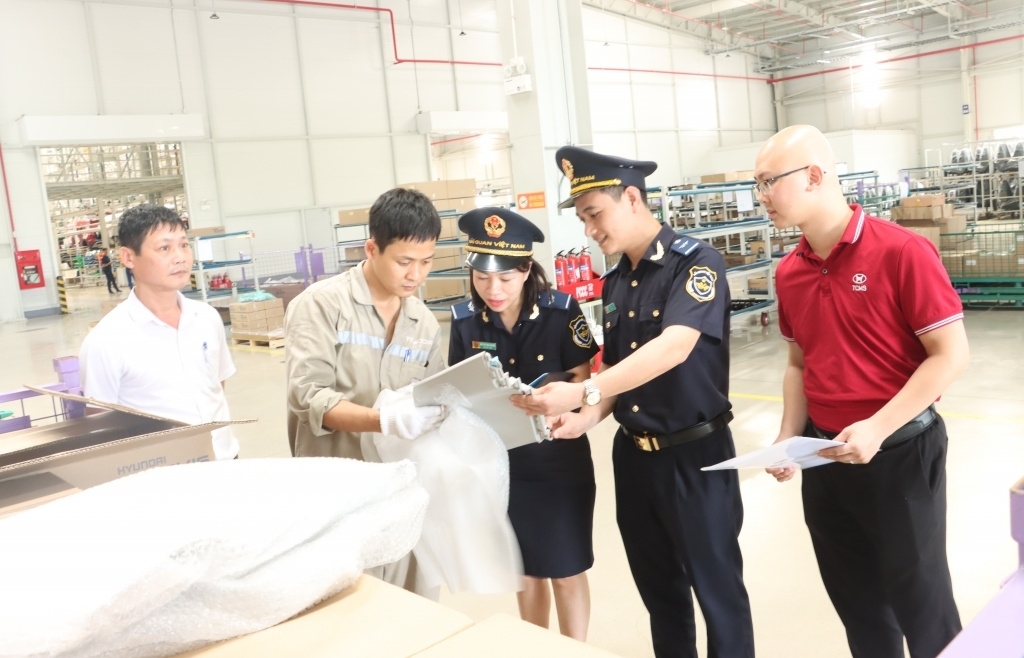
Challenges facing customs revenue collection in 2025
20:00 | 31/12/2024 Customs
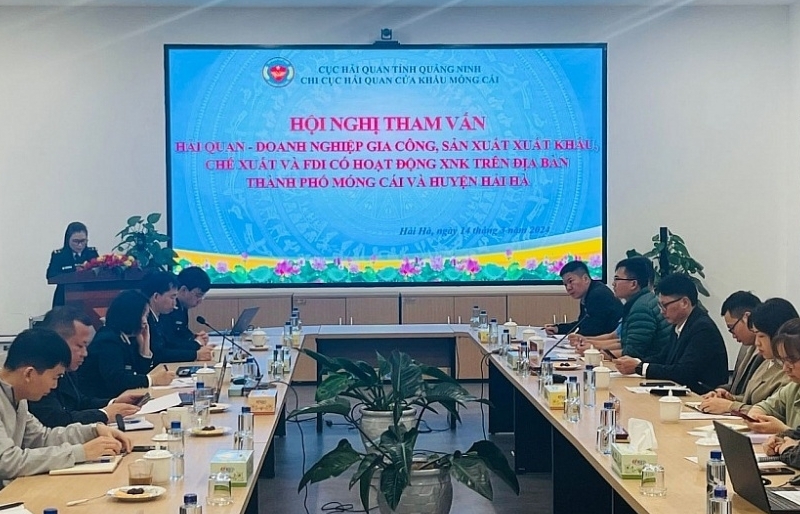
Quang Ninh Customs: making efforts to help businesses improve compliance
16:47 | 31/12/2024 Customs

Hai Phong Customs collects over VND87 billion from post-clearance audit
15:30 | 31/12/2024 Customs
Your care

GDVC answers questions for VBF enterprises
07:56 | 15/01/2025 Customs

6 outstanding events of Vietnam Customs in 2024
07:55 | 15/01/2025 Customs

Da Nang Customs Department supports enterprises in developing Customs-Business partnership
13:07 | 09/01/2025 Customs

Lang Son Customs finds it difficult to collect and handle tax arrears
15:13 | 07/01/2025 Customs

Customs reduces VAT under Resolution No. 174/2024/QH15
14:53 | 06/01/2025 Customs
